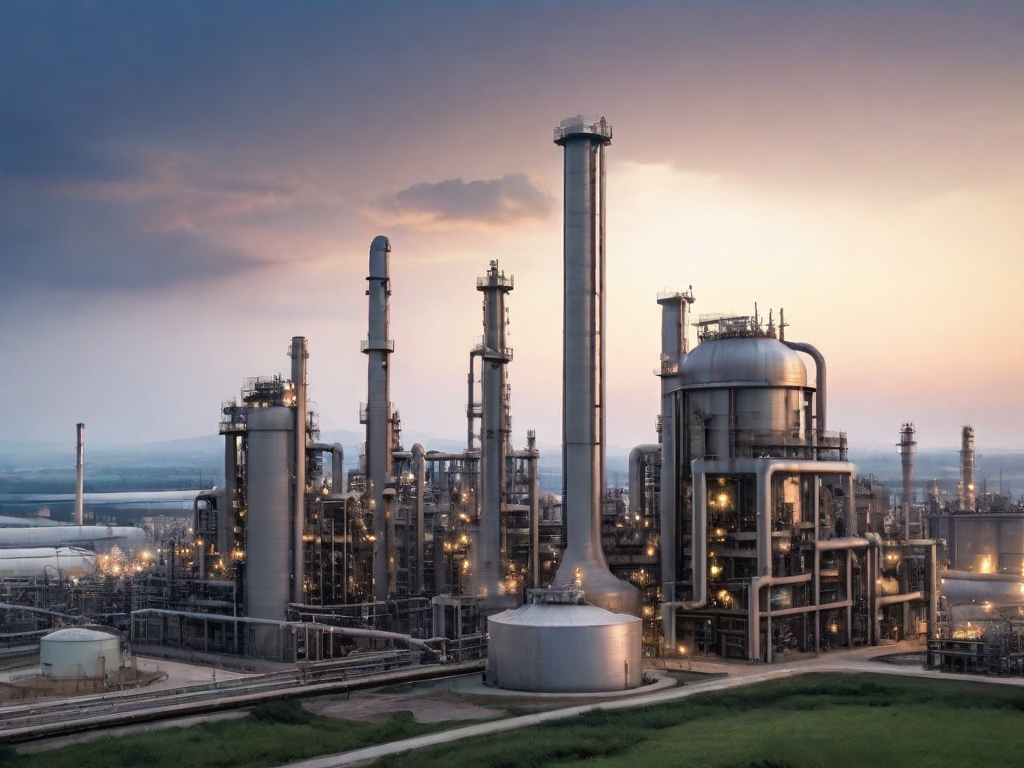When it comes to hazardous environments, safety is paramount. Over the years, the evolution of safety standards has played a crucial role in protecting workers and the public from potential dangers. This article, brought to you by the Intrinsically Safe Store, will delve into the historical evolution of these safety standards. We invite you to visit our website to learn more about our commitment to safety in hazardous areas.
The Birth of Safety Standards
The concept of safety standards in hazardous areas can be traced back to the industrial revolution. During this period, the rapid growth of industries led to an increase in workplace accidents. This prompted the need for regulations to protect workers.
- In the late 19th century, the first safety standards were introduced in the form of factory acts. These acts aimed to regulate working conditions in factories.
- By the early 20th century, these standards had evolved to include specific safety measures for hazardous areas, such as mining and construction sites.
The Evolution of Safety Standards
Over the years, safety standards have evolved to become more comprehensive and specific. Technological advancements, increased understanding of hazards, and tragic incidents that highlighted the need for improved safety measures have driven this evolution.
- In the 1970s, the Occupational Safety and Health Administration (OSHA) was established in the United States. OSHA set forth a series of safety standards for various industries, many of which are still in use today.
- In the 1980s and 1990s, the focus shifted towards the prevention of accidents. This led to the development of safety management systems and the introduction of risk assessment techniques.
Modern Safety Standards
Today, safety standards in hazardous areas are highly sophisticated. They cover a wide range of potential hazards and provide detailed guidelines on how to manage these risks.
- Modern safety standards include guidelines on the use of personal protective equipment (PPE), safe work practices, and emergency response procedures.
- They also cover the design and operation of equipment used in hazardous areas. This is where the Intrinsically Safe Store comes in, offering a wide range of intrinsically safe and explosion-proof devices that meet the highest safety standards.
The Future of Safety Standards
The evolution of safety standards is an ongoing process. As technology continues to advance and our understanding of hazards grows, safety standards will continue to evolve.
- Future safety standards are likely to focus on emerging risks, such as those associated with new technologies and climate change.
- They will also likely place a greater emphasis on proactive risk management and the promotion of a safety culture within organizations.

The historical evolution of safety standards in hazardous areas is a testament to our society’s commitment to safety. From the early factory acts of the 19th century to the comprehensive safety standards of today, we have come a long way in protecting workers and the public from potential hazards. As we look to the future, we can expect safety standards to continue to evolve in response to new challenges and opportunities. To learn more about how the Intrinsically Safe Store is contributing to this evolution, visit our website or contact us today.


























